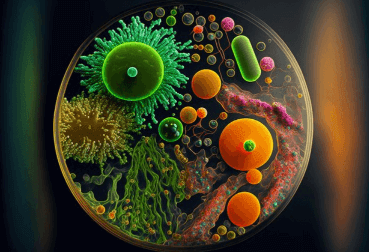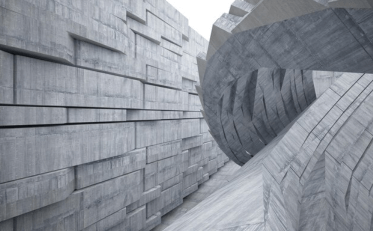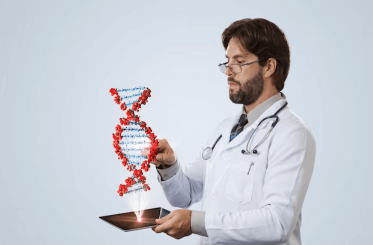Question
a.
kinetic energy.
b.
intermolecular forces of attraction.
c.
potential energy.
d.
total energy.
Posted under Basic Chemical Engineering
Interact with the Community - Share Your Thoughts
Uncertain About the Answer? Seek Clarification Here.
Understand the Explanation? Include it Here.
Q. A liquid is in equilibrium with its vapor at its boiling point. On an average, the molecules in the liquid and gaseous phases have equal
Similar Questions
Explore Relevant Multiple Choice Questions (MCQs)
Q. Pure aniline is evaporating through a stagnant air film of 1 mm thickness at 300 K and a total pressure of 100 KPa. The vapor pressure of aniline at 300 K is 0.1 KPa. The total molar concentration under these conditions is 40.1 mole/m³ . The diffusivity of aniline in air is 0.74 x 10⁻⁵ m²/s.The numerical value of mass transfer co-efficient is 7.4 x 10⁻³. Its units are
View solution
Q. If 1.5 moles of oxygen combines with aluminium to form Al₂O₃, then the weight of aluminium (atomic weight = 27 ) used in this reaction is __________ gm.
View solution
Q. The unit of dynamic viscosity is
View solution
Q. In case of a solution (not of a solid in a liquid), whose total volume is more than the sum of volumes of its components in their pure states, solubility is
View solution
Q. Saturated molal absolute humidity of the vapor-gas mixture depends upon the
View solution
Q. At a constant volume, for a fixed number of moles of a gas, the pressure of the gas increases with rise of temperature due to
View solution
Q. 'Cox' chart which is useful in the design of a distillation column (particularly suitable for petroleum hydrocarbons) is a plot of the
View solution
Q. Boiling point of a non-homogeneous mixture of immiscible liquids is __________ that of any one of its separate components.
View solution
Q. A vapor whose partial pressure is less than its equilibrium vapor pressure is called a __________ vapor.
View solution
Q. Sometimes, in chemical processes, a part of the outlet stream is rejected as waste in order to keep the impurity level in the system within limits. This phenomenon is termed as the
View solution
Q. The density of a gas at N.T.P.is 'ρ'. Keeping the pressure constant (i.e. 760 mm Hg), the 3 density of the gas will become 3/4 (0.75ρ)at a temperature of __________ °K
View solution
Q. A gas occupies a volume of 283 c.c at 10°C. If it is heated to 20°C at constant pressure, the new volume of the gas will be __________ c.c.
View solution
Q. In the reaction, represented by Na₂CO₃ + HCl → NaHO₃ + NaCl, the equivalent weight of Na₂CO₃ is
View solution
Q. The number of water molecules present in a drop of water weighing 0.018 gm is 6.023 x __________
View solution
Q. The density of a liquid is 1500 kg/m³. Its value in gin/litre will be equal to
View solution
Q. The heat of vaporisation __________ with increase in pressure.
View solution
Q. Raoult's law is not applicable to the
View solution
Q. A compound was found having nitrogen and oxygen in the ratio 28 gm and 80 gm respectively. The formula of the compound is
View solution
Q. The atomic heat capacities of all solid elements __________ with decrease in temperature.
View solution
Q. Raoult's law states that 'the equilibrium vapor pressure that is exerted by a component in a solution is proportional to the mole fraction of that component'. This generalisation is based on the assumption that the
View solution
Recommended Subjects
Are you eager to expand your knowledge beyond Basic Chemical Engineering? We've handpicked a range of related categories that you might find intriguing.
Click on the categories below to discover a wealth of MCQs and enrich your understanding of various subjects. Happy exploring!








